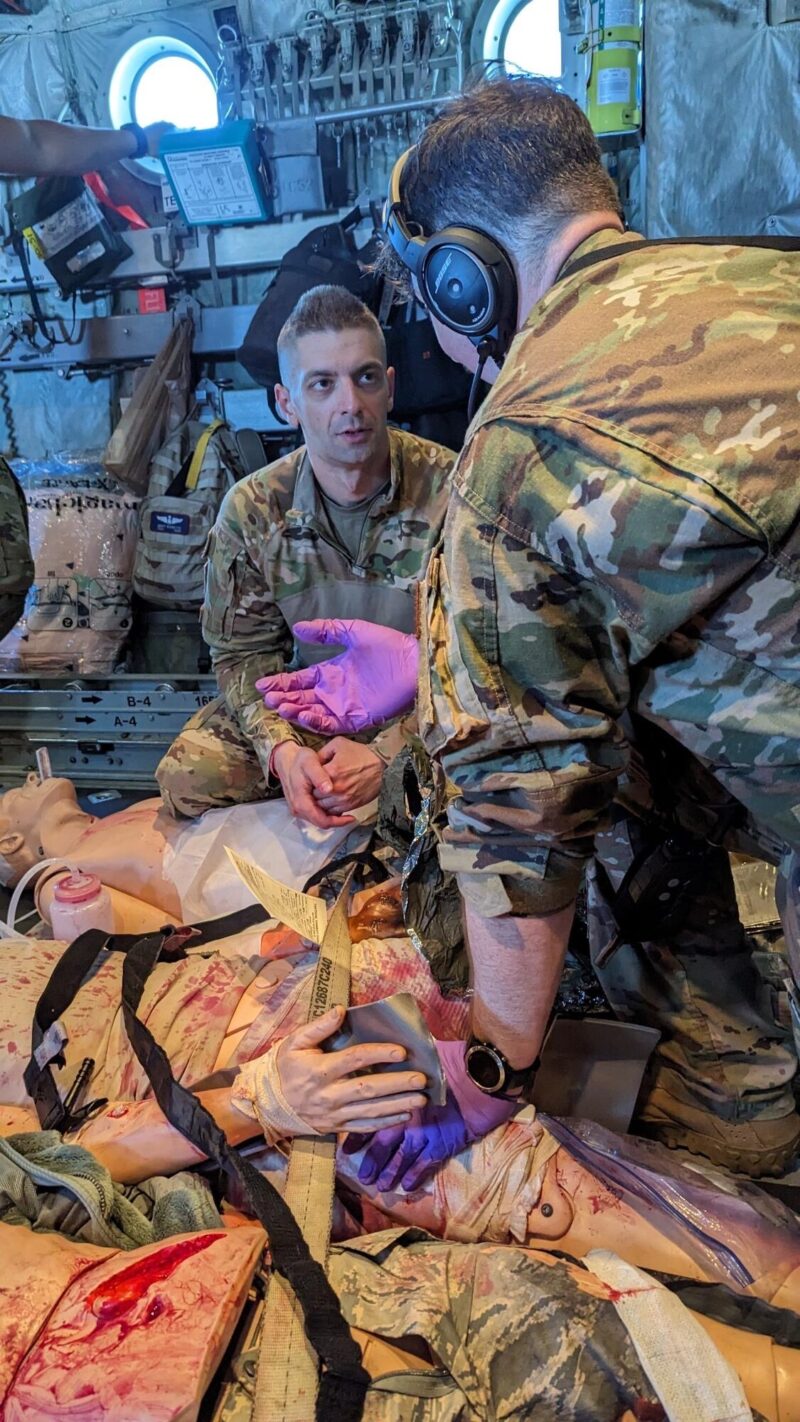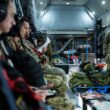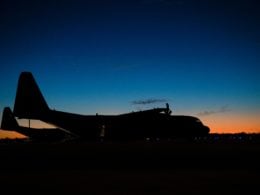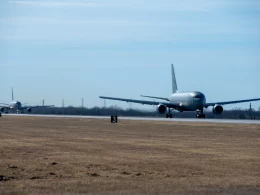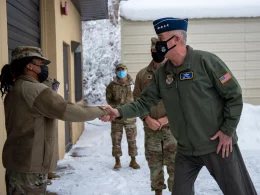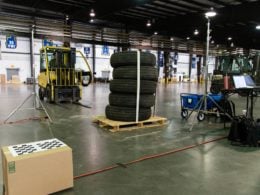YOKOTA AIR BASE, Japan —
In a groundbreaking demonstration of Joint Force Aeromedical Evacuation capabilities, Mobility Guardian 23 conducted the successful deployment of two specialized Aeromedical Evacuation teams operating on a C-130 Hercules. During this event, the crews effectively moved 48 patients on six unregulated missions.
The exercise highlighted the efficient and seamless integration of AE operations in a Denied, Degraded, Intermittent, and Limited (D-DIL) environment using existing theater airflow.
Under the newly developed Air Mobility Command guidelines, the AE teams were not assigned a dedicated line or aircraft for patient movement, but rather AE Crew Members were deployed in smaller, modular force elements attached to an Expeditionary Airlift Squadron. This updated arrangement places the MEDEVAC at or near the Point of Injury (POI) where capabilities can be provided immediately rather than waiting for a crew to be tasked and aircraft to be found to support the mission request. During MG23 this process demonstrated a revolutionary capability for the movement of unregulated patients in the D-DIL environment.
One of the key challenges addressed during the exercise was the Command and Control infrastructure in the D-DIL environment. Without Command and Control medics on the ground aren’t able to request aid and the AE has no way to be directed to provide care, delaying patient transport to higher levels of care.
This adjustment eliminates communication delay that would prevent rapid patient movement.
“Patient movement cannot be delayed due to the inability to reach back to a C2 node thus requiring AE to shift the way it does business to allow for the transport of wounded warriors needing rapid evacuation.” Master Sergeant Todd Olsson, Command Training Manager, AMC Aircrew Training and Operations Branch. “We are challenging our AECMs to be prepared and proficient to respond quickly and efficiently, wherever and whenever they are needed.”
The guidelines used during this exercise emphasized the importance of sound clinical judgment and logistical consideration in delivering effective care.
“We must utilize our expertise, anticipate transport time, and make informed decisions while understanding the philosophy of the greatest good for the greatest number,” said Maj. Weber Munsayac, Command Nurse Evaluator, AMC AE Standardization and Evaluation Branch. “Our resources need to be allocated to address severely wounded patients with the highest probability of survival.”
MG23 served as a critical platform to showcase the adaptability and proficiency of the Joint Force Aeromedical Evacuation teams in operating within challenging and dynamic environments. The successful implementation of AE operations in a D-DIL setting proved patient care and movement could be executed without impeding force flow, especially important during a large-scale combat operation.
The exercise also highlighted the necessity for continuous innovation and adaptation in AE procedures. The insights gained MG23 will contribute to refining protocols, training, and equipment AECMs use, further enhancing their ability to render care in the back of the aircraft and support future operations.
As AE capabilities continue to evolve, exercises like MG23 serve as a testament to the dedication and professionalism of the AECMs and their commitment to saving lives in the most challenging circumstances.




